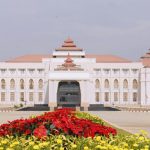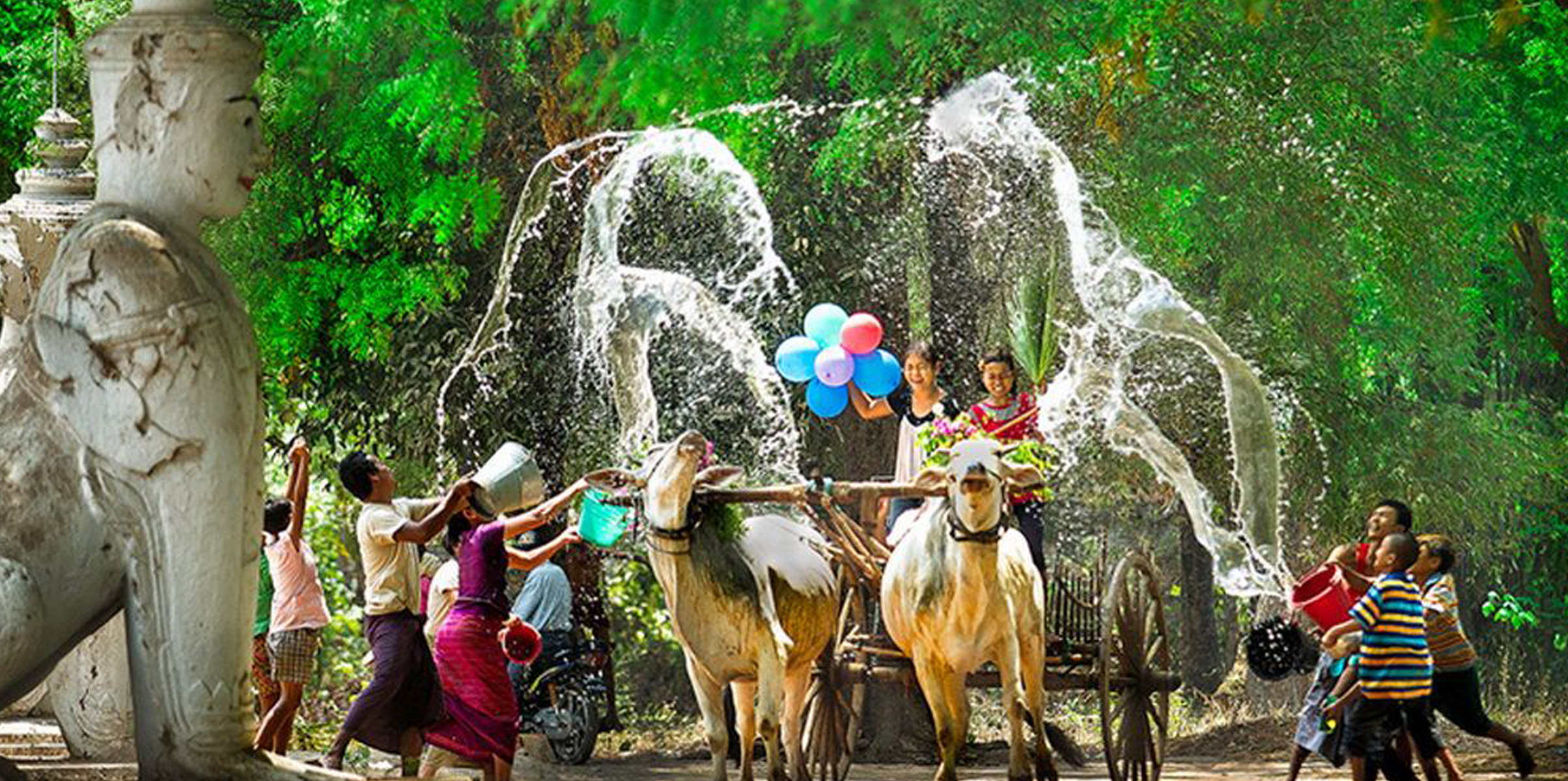
Myanmar is a country rich in cultural diversity, and it hosts a variety of colorful and significant festivals throughout the year. Some of the top festivals in Myanmar include:
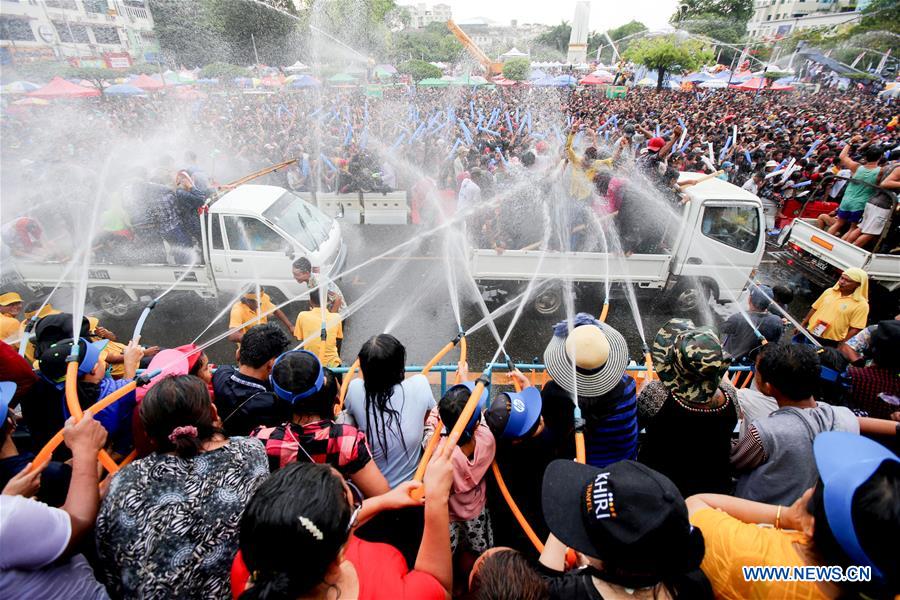
(1) Thingyan Water Festival: This is the Burmese New Year Water Festival, often regarded as one of the most joyous and widely celebrated events in Myanmar. It typically takes place in April and involves splashing water on one another to wash away the previous year’s misfortunes and sins.
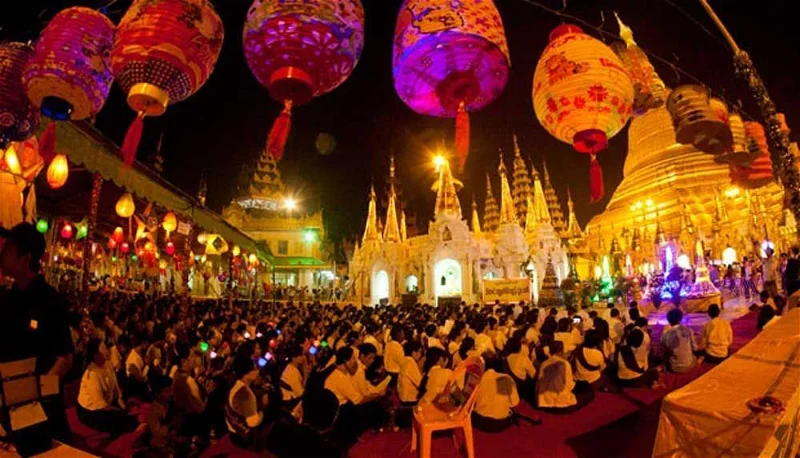
(2) Thadingyut Festival: Also known as the Festival of Lights, Thadingyut is celebrated in October, marking the end of the Buddhist Lent. During this festival, homes and public places are adorned with lights and candles, and offerings are made at pagodas.
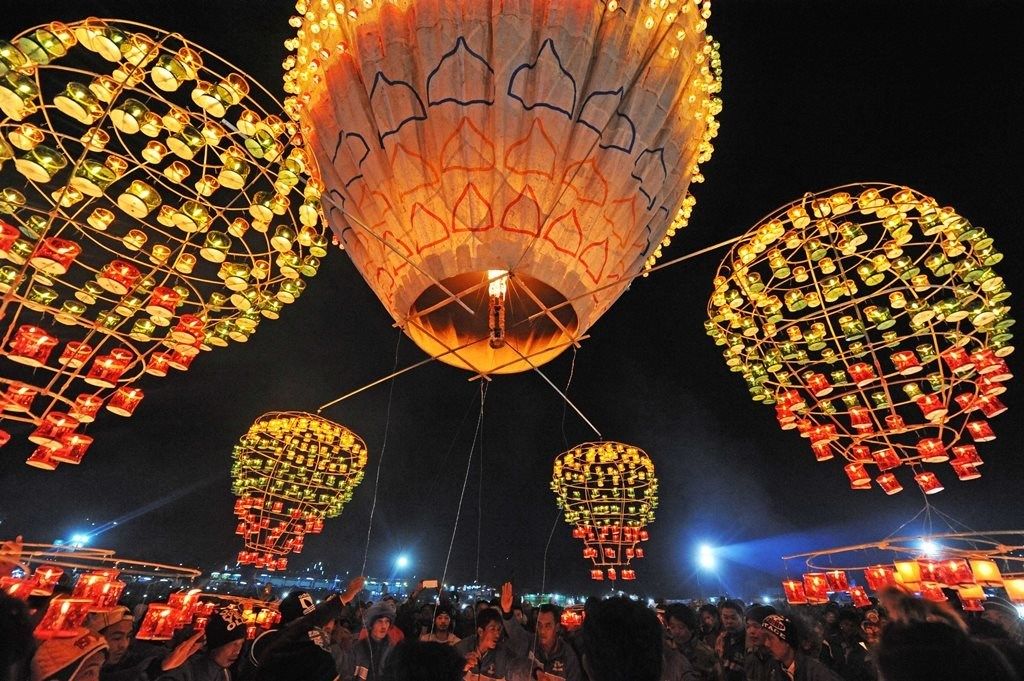
(3) Tazaungdaing Festival: The Tazaungdaing Festival is one of the prominent cultural festivals celebrated in Myanmar, also known as the Festival of Lights. It typically falls in the Burmese month of Tazaungmon, which corresponds to October or November in the Gregorian calendar. The festival marks the end of the rainy season and the beginning of the cool, dry season.
During the Tazaungdaing Festival, people adorn their homes and public spaces with colorful lights, candles, and paper lanterns. One of the highlights of the festival is the lighting of intricate and elaborate structures made of paper and bamboo, often in the form of mythical creatures or religious symbols.
Held in Taunggyi, Shan State, this festival usually takes place in November. It is known for its spectacular hot air balloon competitions, where giant paper balloons, often in various shapes and designs, are launched into the sky.
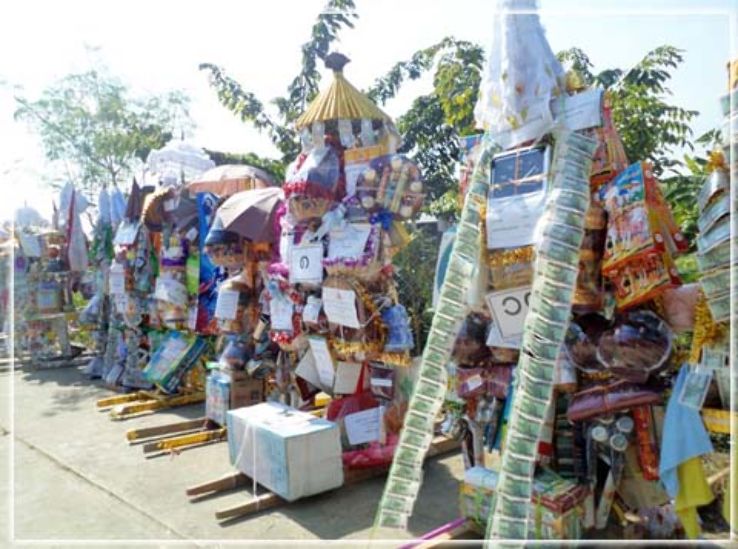
(4) The Kahtein (or KaHtain) Festival is one of the significant religious festivals celebrated in Myanmar. It is a month-long offering ceremony, often observed in October or November, depending on the lunar calendar. This festival holds great importance in the Buddhist community, especially in Theravada Buddhism, which is widely practiced in Myanmar.
During the Kahtein Festival, devotees offer various items to Buddhist monks, including monk robes, alms bowls, and other necessities. The offerings are made in large processions known as “Shinbyu Pwe,” where people carry these items along with musical instruments and dance as they proceed to the monasteries. This ceremony is considered a significant merit-making opportunity for the participants.

(5) The Htamane Festival is an important cultural event in Myanmar that revolves around the making of a traditional dish called Htamane, which is a type of sticky rice. This festival typically takes place during the full moon day of Tabodwe, the eleventh month of the traditional Burmese lunar calendar, which usually falls in February.
During the Htamane Festival, communities come together to cook the sticky rice dish in large pots over open fires. The preparation of Htamane involves a communal effort, with people taking turns to stir the rice using long paddles. The sticky rice is cooked with oil, coconut, and a variety of nuts, and it is sweetened with jaggery or sugar. The stirring process requires strength and coordination, and it is considered a form of bonding and teamwork among the participants.







